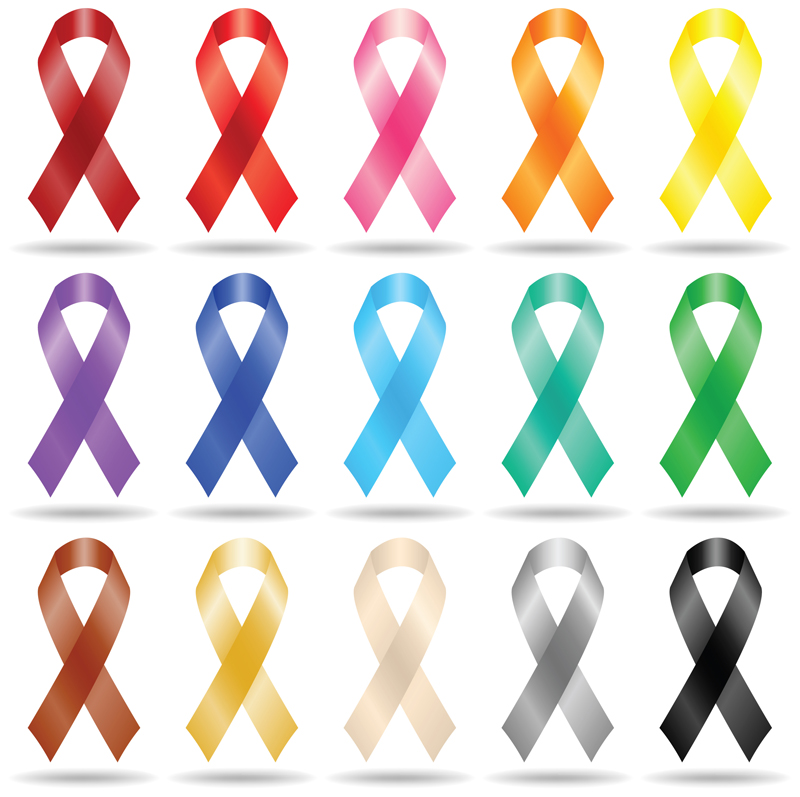TUESDAY, Jan. 24, 2017 (HealthDay News) — While cancer death rates have dropped 20 percent overall in the United States since 1980, high death rates persist in pockets throughout the country, a new report finds.
“Death rates differ dramatically between different types of cancers, and certain regions saw great progress in reducing cancer deaths and others fell behind,” said lead researcher Dr. Christopher Murray.
In all, 160 counties showed increases in cancer death rates between 1980 and 2014, noted Murray, director of the Institute for Health Metrics and Evaluation at the University of Washington in Seattle.
For example, lung cancer kills more people in the United States than any other cancer, but death rates are more than 20 times higher in some parts of the country than others, he said.
“Fewer Americans smoke today than in previous decades, but parts of the South and many rural areas still show high rates of this deadly habit,” he said. “It is not surprising that these same areas show high rates of lung cancer, especially within states like Kentucky, Tennessee, Alabama, Missouri, Arkansas, Mississippi and rural Alaska.”
Although cancer deaths overall have declined nationwide, liver cancer deaths increased in nearly every county, and clusters of counties with large increases were found in California, Oregon, Washington, New Mexico and Texas, Murray said.
And, “There were high death rates from prostate cancer in groups of counties in Alabama, Mississippi, Georgia, South Carolina and Virginia,” he added.
Most counties have seen decreases in breast cancer deaths since 1980. However, clusters of high breast cancer death rates exist in counties along the Mississippi River and in other parts of the South. The lowest rates are in parts of the West, Midwest and Northeast, he said.
There are several likely explanations for high or increasing rates of cancer deaths in particular regions of the United States, but these factors need further investigation, Murray said.
Known cancer risk factors — smoking, diet and obesity, among others — combined with poor prevention programs may increase cancer cases, he said.
“Unequal access to and quality of care are likely contributors to cancer mortality disparities, and the resulting lack of early detection for some cancers and lack of specialized treatment can be deadly,” Murray said.
With the current technology for detection and treatment of cancers such as testicular cancer, prostate cancer, breast cancer and others with high survival rates, “there is no reason that people should be dying at such high rates,” he added.
For cancers with high survival rates, such as testicular cancer and Hodgkin lymphoma, wide differences in death rates should “raise a red flag,” Murray said.
The report was published in the Jan. 24/31 issue of the Journal of the American Medical Association.
Dr. Ethan Basch, director of the cancer outcomes research program at the University of North Carolina, Chapel Hill, noted that some factors that seem to affect care are poverty, access to care and being educated about health issues.
Moreover, the way health care is delivered is also a problem, he said.
“We are not patient-centered, we’re not community-focused, we expect people to meet us where we are, as opposed to meeting people where they are,” Basch explained.
In some cases, people aren’t being screened to detect cancer early, specifically for cancers of the colon and breast, he added.
“There is also a problem that people show up with a cancer that should have been addressed a long time ago,” Basch said. “If they had a good primary care doctor or good health education they would have noticed it.”
In some cases, people are dying from cancers that are curable, “so we know they are not getting access to quality care,” said Basch, who co-authored an editorial that accompanied the study.
“We are not doing good enough,” he said. “We have allowed major disparities to occur, and many of our most vulnerable citizens, people who live in poor areas, are more likely to die of cancer because they aren’t getting what they need as far as prevention and treatment.”
“Unfortunately, in many cases, the impetus is going to be on the patient to be proactive, because nobody is doing it for them,” Basch said.
In the study, Murray and his colleagues used federal data to estimate death rates from 29 cancers in counties across the nation.
His team found that cancer deaths decreased 20 percent between 1980 and 2014, from 240 to 192 deaths per 100,000 people.
During that period, 19.5 million people died from cancer:
- Nearly 6 million died from tracheal, bronchus, and lung cancer,
- Nearly 2.5 million from colon cancer,
- Nearly 2 million from breast cancer,
- More than 1 million from pancreatic cancer,
- More than 1 million from prostate cancer.
Dr. Ahmedin Jemal, vice president of surveillance and health services research at the American Cancer Society, said the society’s studies have found that people in areas where cancer deaths are higher than average suffer from a variety of problems that make these deaths more likely.
“In these areas, obesity is very high. Also, screening rates are low. These people are also less likely to receive early treatment for cancer,” he said.
Many of these cancers can be prevented or cured if patients quit smoking, maintain a healthy weight, exercise and get screened, Jemal said.
More information
Visit the American Cancer Society.
Copyright © 2025 HealthDay. All rights reserved.

